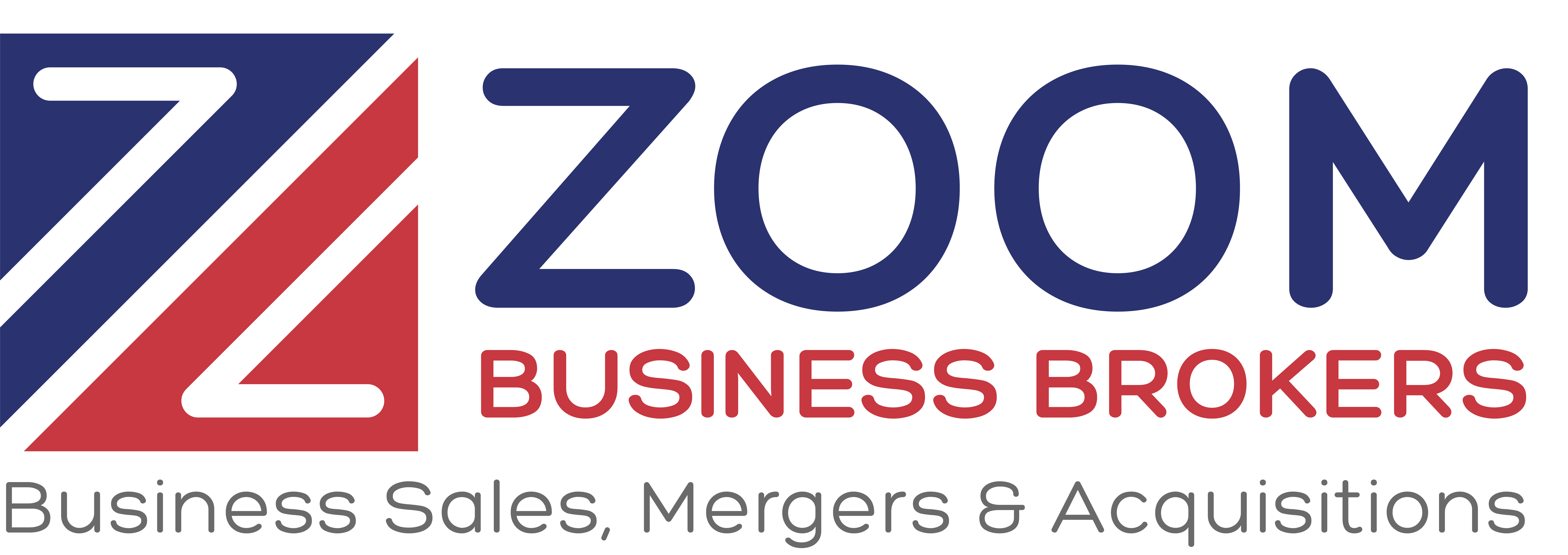
How Does Your Business Compare?
The art of selling a business extends beyond just financial figures; it incorporates various value drivers, key attributes or factors that can increase a business’s value and appeal to prospective buyers. Understanding these drivers, evaluating how your business measures up, and actively working to enhance your performance in these areas can significantly influence your business’s value and saleability.
- Business Type: The demand level for your business type is crucial. High demand equates to more potential buyers and a higher perceived value. Conversely, little demand can diminish your business’s attractiveness. If your business operates in a low-demand sector, consider diversifying your products or services to align with market trends and demands.
- Business Growth: A business demonstrating high and steady growth signals potential for further expansion, making it attractive to buyers seeking future profitability. Businesses with low growth can be seen as stagnant or riskier investments. Bolstering business growth can involve strategic initiatives, such as market expansion, diversification, and innovation.
- Market Share: Large and growing market share can indicate a strong competitive position, adding to your business’s appeal. Conversely, a small or stagnant market share may imply fierce competition or lack of differentiation. To increase market share, companies can focus on developing unique selling propositions, effective marketing strategies, and robust customer relationships.
- Profits: Profitability is an immediate attraction for buyers. Businesses with good, steady profits indicate a successful operational model and predictability, an aspect many buyers value. Unsteady profits can signify business instability. To stabilize and increase profits, businesses should analyze their revenue streams, cost structures, and pricing strategies for improvement opportunities.
- Management: An above-average, well-staffed management team can enhance a business’s value, suggesting effective leadership and operational efficiency. Understaffed management can give the impression of instability or poor organizational health. To improve this value driver, businesses may need to hire key personnel, develop existing staff, or optimize their organizational structure.
- Financials: Audited financials are a strong value driver, as they imply accuracy, transparency, and good governance. Conversely, merely compiled financials might raise doubts about the business’s financial practices. To improve this driver, businesses can invest in regular audits and uphold meticulous financial record-keeping.
- Customer Base: A wide, steadily growing customer base is a positive indicator of market acceptance and future revenue potential. In contrast, a non-steady customer base may hint at customer churn or market instability. To improve this driver, businesses should prioritize customer satisfaction and retention strategies, alongside efforts to attract new customers.
- Litigation: Businesses with no recent litigation history are seen as less risky, enhancing their appeal. Frequent litigation, on the other hand, could signal potential legal issues and associated costs, diminishing the business’s value. Keeping a clean litigation record involves adhering to all relevant laws, maintaining strong supplier relationships, and managing disputes effectively.
- Sales: Demonstrating good sales growth can reflect positively on a business’s market presence and revenue potential. Businesses with no or little sales growth may be seen as lacking momentum. To increase sales, companies can focus on enhancing their sales strategies, refining their product or service offerings, and improving customer relationships.
- Industry Trend: Operating in an industry experiencing good growth can increase a business’s attractiveness, as it suggests potential for future expansion and profitability. Businesses in industries with merely okay growth may be seen as less attractive. To ride on positive industry trends, businesses need to stay abreast of market developments and adapt their strategies accordingly.
In sum, the value drivers outlined above contribute significantly to a business’s overall appeal and potential sale price. As part of your exit strategy, recognizing and optimizing these drivers can make your business more desirable to prospective buyers, potentially leading to a higher sale price and a more successful business transition. Always remember to not just compare your business to others in general, but consider your direct competition and industry-specific standards. This nuanced understanding will better prepare you for the process of selling your business.
